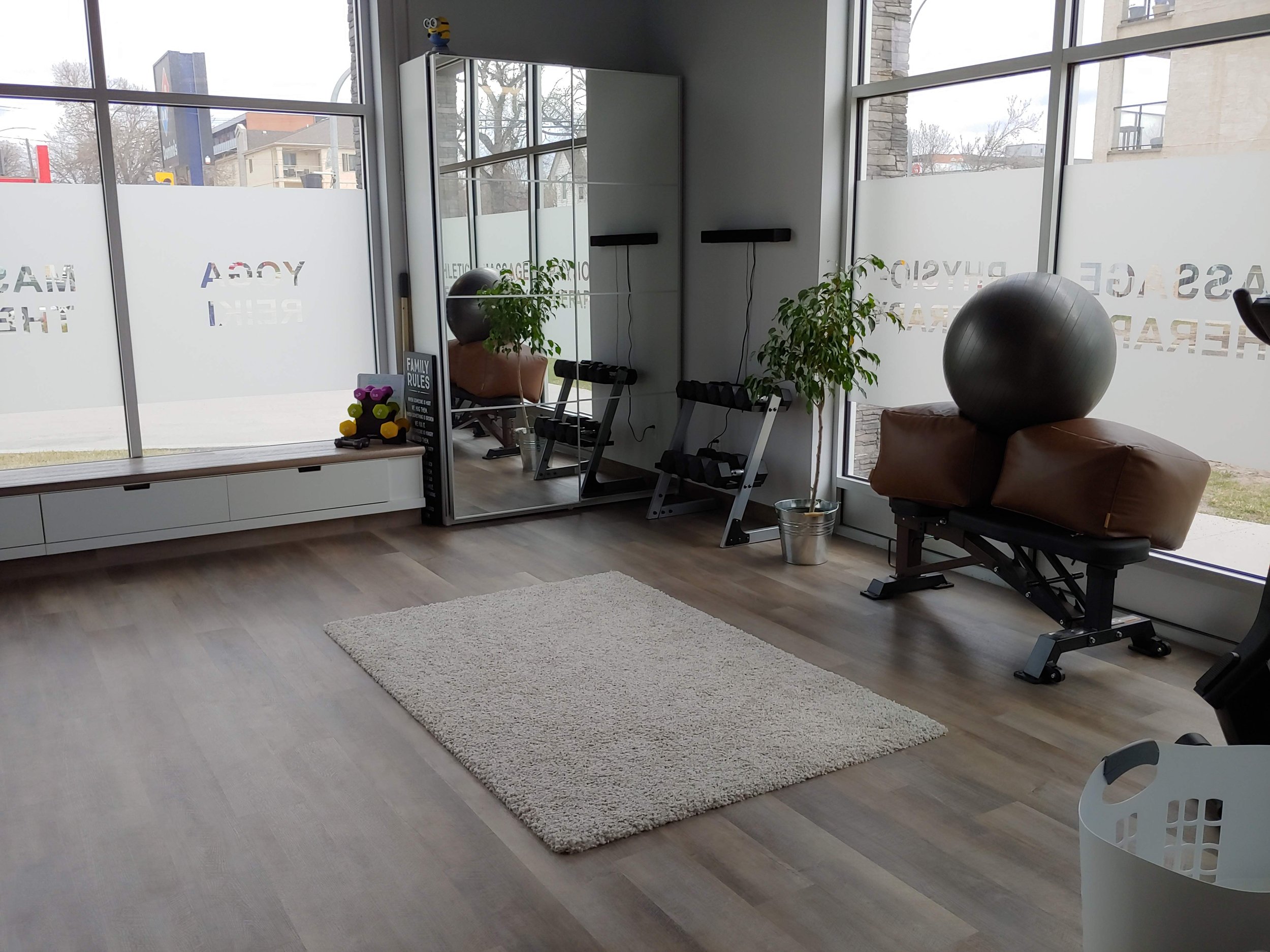
Revolution Rehab
BLOG
Dry Needling vs Acupuncture
Like acupuncture, dry needling uses thin, stainless steel needles that are inserted into the skin. Both practices are safe and frequently effective, especially when combined with other forms of therapy. That is about where the similarities end!
Acupuncture
In acupuncture, therapists insert filiform needles into very specific acupuncture points with the intension of creating either a local response (such as increased circulation) or a global response (such as dialing down the fight or flight nervous system). All in all, the main goal of acupuncture is to create balance within the body to manage pain and promote healing.
Athletic Therapist, Nikki Smith, as a practice model for colleague Ashley Burr CAT(C)
Dry Needling
In dry needling, therapists use a filiform needle to target either a trigger point or area of tension within a muscle, break up scar tissue and increase circulation, or promote healing in a target area. The most familiar technique in dry needling is the pistoning technique. This is where the therapist moves the needle in and out of the tissue repeatedly. Other techniques in dry needling include rotating the needle and using electrical stim. It may sound intense, but dry needling is not nearly as uncomfortable as you would think!
In Manitoba, Dry Needling can only be performed by a therapist who is also certified in Acupuncture.
Dry needling of the upper traps
Acupuncture and Dry needling at Revolution: Both Physiotherapist, Patrick Quimo, and Athletic Therapist, Nikki Smith offer acupuncture and dry needling within their treatments.


